Canon PowerShot SX40 HS Review
Canon PowerShot SX40 HS
With a 35x optical zoom this camera is good for papping the man on the moon.
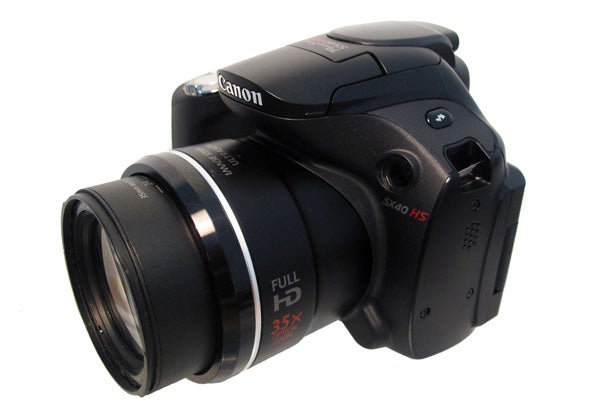
Verdict
Pros
- Great image stabilisation
- Good burst mode
- Good image quality
Cons
- No RAW
- Slightly limited manual control
Key Specifications
- Review Price: £378.22
- 35x optical zoom
- 12.1 megapixel CMOS sensor
- Optional manual focus
- 8-shot high speed Burst mode
- 1080p 24fps video recording
Getting serious about photography is not a cheap endeavour. Buying a basic DSLR setup isn’t so painful, with decent models like the Nikon D3100 now available for under £400. But once you start adding the cost of the additional lenses needed for anything approaching all-purpose flexibility, you can expect to spend at least double that. If this is beyond your budget, then the Canon SX40 HS could be worth a look. It’s a super zoom bridge camera that gives you a hugely flexible focal range and plenty of potential for manual control – if not quite DSLR-rivalling image quality.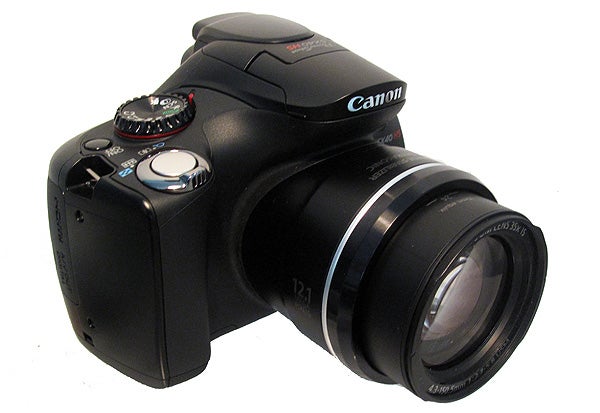
The Canon SX40 HS represents a significant upgrade over its predecessor, the SX30. It offers much faster performance, full HD video recording and improved light sensitivity for improved low-light performance. The effective resolution of the SX40’s sensor is lower at 12.1 megapixels (instead of 14.1), but the sensor type has changed to a 1/2.3in CMOS type instead of the CCD type used in the SX30. Fingers crossed, this should result in better image quality. We’ll find out whether it does later.
The build hasn’t changed drastically, however. The Canon SX40 is made of hard matt black plastic, and while it doesn’t feel quite as immaculately constructed as one of Canon’s metal-bodied cameras, like the 60D or G12, it is tough and creak-free.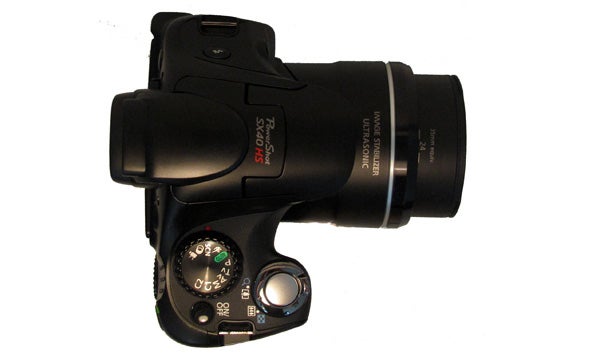
Some care and attention has gone into making it feel great in-hand too. The front side of the right hand grip has a lightly rubberised finish, giving it greater friction than the rest of the body, which is otherwise very smooth. Although smaller than standard SLR size, this hand grip feels comfortable and gives you a good sense of mastery over the camera’s position for one-handed shooting. It also gives you confidence that you’re not going to drop it. 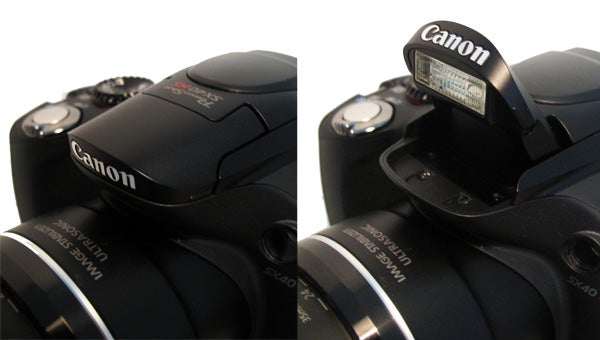
The flip-up flash mechanism is wholly manual. No springs here.
There’s a thumb rest on the back too that’s textured with embossed dots, giving the SX40 a bit of added purchase. If you’re used to handling a compact camera rather than a DSLR, the Canon SX40 will feel pretty chunky – it’s a lot bulkier than a regular compact. In fact, the SX40 is closer in size to the Olympus E-420, a bonafide DSLR, than it is a regular ultracompact. Of course, if you’re happy to carry around your camera in a rucksack rather than a pocket, “man bag” or handbag, then this needn’t be a problem. 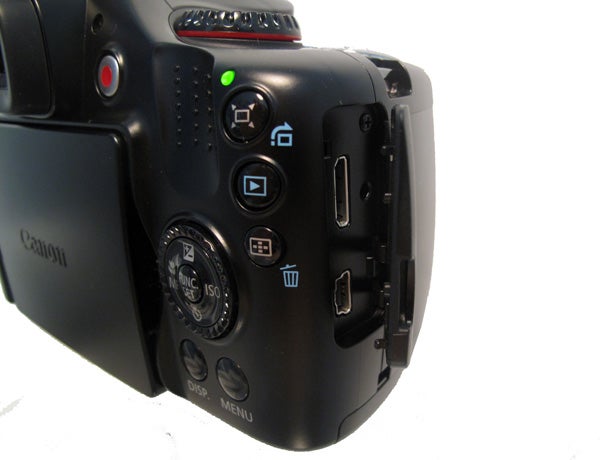
On its right edge is a flap covering the miniUSB and mini HDMI ports. The latter is noteworthy because it’s CEC-compatible, meaning you can control your camera using a TV remote using it – all the better to bore your nearest and dearest with.
The Canon SX40 HS features an articulated 2.7in LCD moniotor offering a resolution of 230k-dots. This is distinctly low-res compared to the 460k-dot displays offered by competitor models such as the Panasonic FZ48 and Fujifilm HS20, while the Nikon P500 trumps all three with its 920k-dot display. 
The 2.7in preview display up-close
The screen swings back 180 degrees and rotates 270 degrees vertically, letting you position it as you like for those tricky-to-capture angles. This works well, and the hinge action feels strong and reliable. There’s an electronic viewfinder too, but this offers an even lower resolution of 202k-dots and is barely 0.2in across. In use it’s a bit like looking at a postage stamp very close-up and offers a poor image that lacks both contrast and clarity. Ultimately, you’re better off using the 2.7in display instead.
Turning to the in-camera menu, if you’ve used a Canon in recent years then you’ll find yourself in familar territory from the get-go. If, however, you are new to Canon cameras then thankfully the SX40’s interface remains pretty simple to get the hang of. Your main control dial sits up top and, like the camera body itself, is ergonomically shaped for easy and comfortable usage. It can be used to select between the various Automatic, semi/fully Manual and various Scene modes, as well as the built-in effects, video and custom presets. 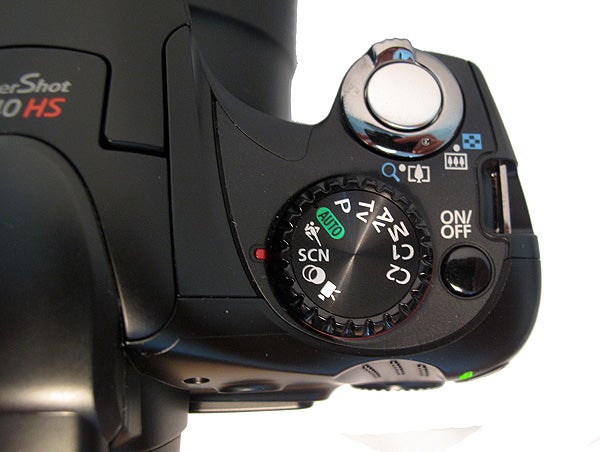
The SX40’s design also allows the more ambitious (or reckless) among
you to adjust the main shooting settings with only your right mitt,
using a combination of the main mode dial, the real thumbwheel and the directional-pad wheel. It will test the limits of your dexterity though. 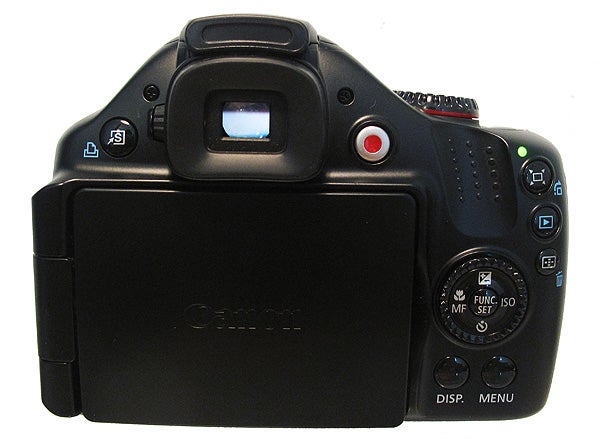
Needless to say, there’s a fully automatic mode that handles virtually
everything for you. With this engaged, you only need to worry about the
ratio to shoot in (1:1 and 16:9 at up to 9-megapixels, 3:2 and 4:3 at up
to 11- and 12-megapixel res respectively) and the quality. The SX40 is
JPEG only with no facility to record images as lossless RAW files. While
this will undoubtedly dissapoint serious photography enthusiasts – RAW
offers significantly more post-processing flexibility – it does mean
that images taken at the full 12MP rarely stray above 5MB. Indeed, they
are often around the 2MB mark, meaning thousands could be stored on a
8GB SD card.
In total there are 13 Scene modes to choose from. Here’s a quick summary of what they are and what they do.
- Sports mode lets you continuously take photos by holding down the shutter button, at a speed of roughly one per second. This is slow enough to write to SD with a fast card, so there’s no limit to the number you can take.
- Movie Digest takes a short video clip alongside each still image, to help you keep those joyful memories even more faithfully.
- Portrait optimises settings for portraiture.
- Landscape does the same for landscape photography.
- Smart Shutter takes photos either when someone winks, smiles, or when a new person enters the camera’s field of vision. Twee, but potentially quite useful for group portraits when you want to be in the shot too.
- High-speed Burst HQ takes up to eight full-resolution shots in a row. The full eight take under two seconds to capture.
- Handheld NightScene is for low light photography without a tripod.
- Low Light enhances image quality in poor light but reduces overall resolution to 3MP
- Beach optimises the settings for those all-important holiday snaps.
- Foliage boosts colour saturation for eye-catching nature shots.
- Snow combats the confusion caused by all-white snowy scenes.
- Fireworks increases the vividness of fireworks shots.
- Stitch assist helps you to make panoramic shots.
Sports and Burst mode in particular highlight the benefits that the new DIGIC 5 image processor brings to the table, most notably the increased shooting shooting speed that the SX40 enjoys over the SX30. The eight-shot burst mode is particularly useful for sport and nature photography and yet maintains excellent image quality. Even pixel-peeping reveals no loss of clarity of detail through the eight photos. Adding further flexibility are the ten My Colours options, which subtly (or at times un-subtly) alter the colour tone of your images. In addition, the SX40 also offers the full range of white balance options.
The Canon SX40 is destined to be used by many as a simple point-and-shoot camera, to which it offers the added bonus of a gigantic zoom. And as such, it performs pretty well. The auto mode is reliable and the Scene modes are intuitive enough for those who don’t know their aperture from their ISO.
If you have a bit more photography knowledge, you’ll be pleased to hear the Canon SX40 HS also offers fairly comprehensive manual control over your pictures. However, the physical interface is perhaps less well-designed for this purpose.
With just the two main dials at your disposal to set ISO, aperture and shutter speed, some significant finger-flicking is required to set everything as desired. Factor-in manual focus too, which is an option alongside Macro and Auto focusing, and it’s easy to get your fingers in a twist if you don’t have enough time to carefully compose your shot. 
As with the other manual settings, focus is achieved via the back dial. It’s not an ideal set-up but nonetheless the SX40 does well here; a zoomed-in window on the display allows you to see whether you’re in focus or not. Of course, it can’t compete with a dedicated manual focus ring on a DSLR lens, but it still works ok.
The general camera settings on offer are somewhat limited. ISO settings available are unremarkable, topping out at 3200, and while the 15-second “minimum” shutter speed is fine, you lose all control over ISO settings once you go beyond a 1-second exposure. For most, this won’t prove a practical limitation, but if you’re a stargazer it’s hardly ideal. At 24mm, maximum aperture is a handy f/2.7, although when the zoom is fully extended this stops stops down to f/5.8.
If you’re after a full manual camera, we’d advise looking for something more specifically geared towards manual operation – either with a less beginner-friendly interface, or more physical controls. The SX40 doesn’t make it hard to set your own aperture, shutter speed and so on, but it does make it relatively slow. And that will often mean the difference between getting a fantastic shot and missing the opportunity altogether.
What the SX40 does give you is easy access to is its toy box of effects; there’s even a separate notch for it on the main mode dial. Yes, they’re pretty much the opposite of what most serious, manual-focus-loving photographers are after, but they are undoubtedly good fun. Here’s a few samples showing each of the eight modes in action.
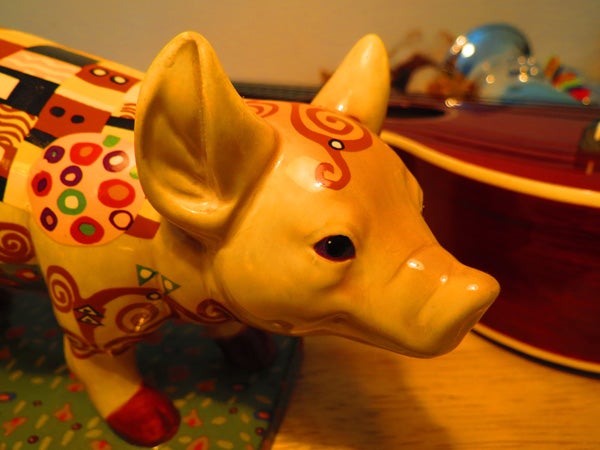
Vivid cranks up the colour for a highly saturated look.
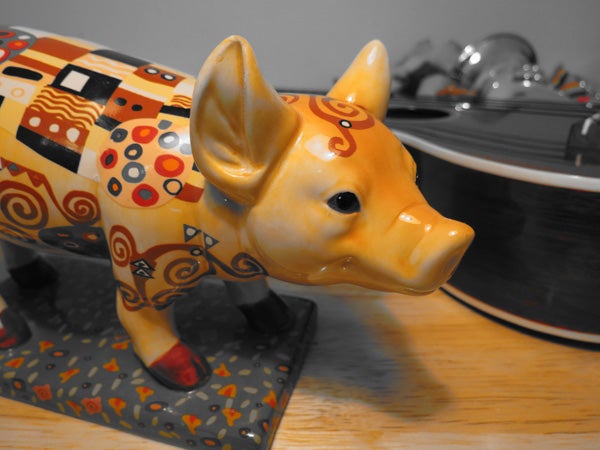
“Color Accent” lets you pick a single colour – or colour range as here – to display, leaving the rest monochrome.
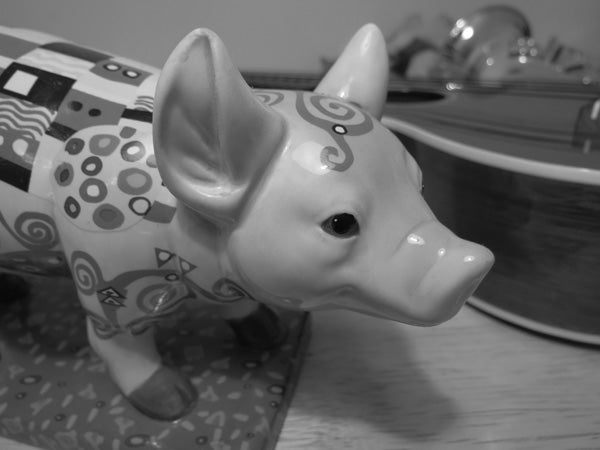
Good old Black & White is exactly that.
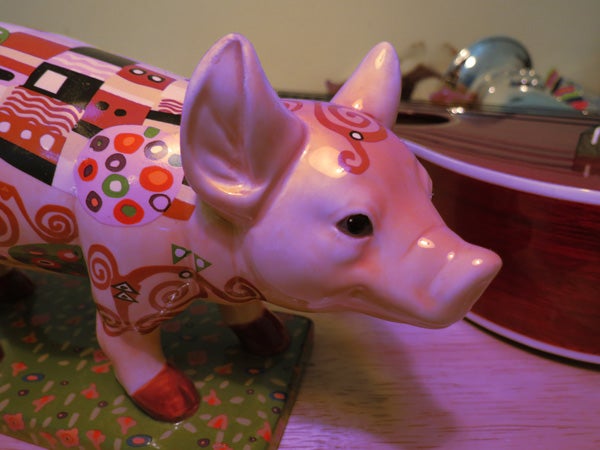
Colour Swap lets you pick a colour to exchange for another. Here we’ve swapped the yellow of the table and pig for purple.
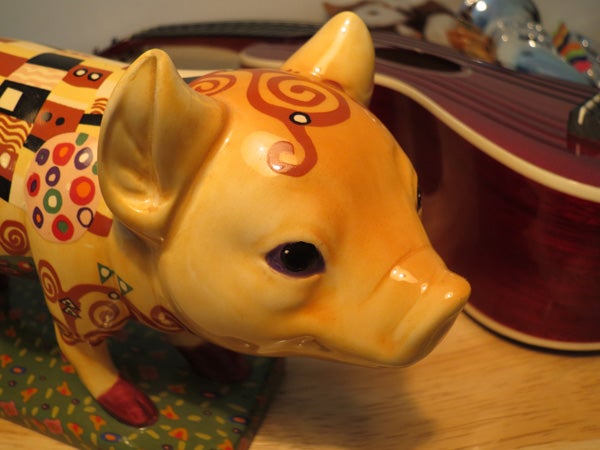
Fish-eye distorts the image as if you were using a fish-eye lens, making our piggie look big-headed.
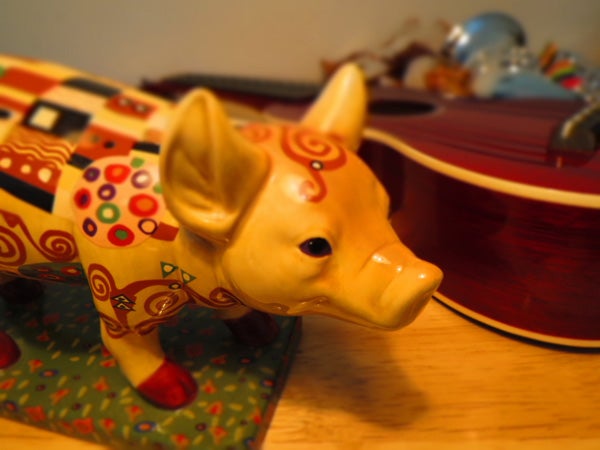
Miniature Effect blurs the top and bottom of an image, mimicking the effect of a tilt-shift lens.

Posterize fiddles with the colour to create deliberate colour banding.

Toy Camera serves up a Lomo-style effect by vignetting the image.
The top feature of the Canon SX40 is undoubtedly the 35x optical zoom. This offers the 35mm focal range equivalent of 24-840mm and is enough to cover just about any eventuality. On top of this, there’s also a digital zoom that takes the 35x up to a whopping 140x, although as with all digital zooms it really just crops and magnifies the standard 35x image so you can expect to see a huge drop in image quality should you be tempted to use it.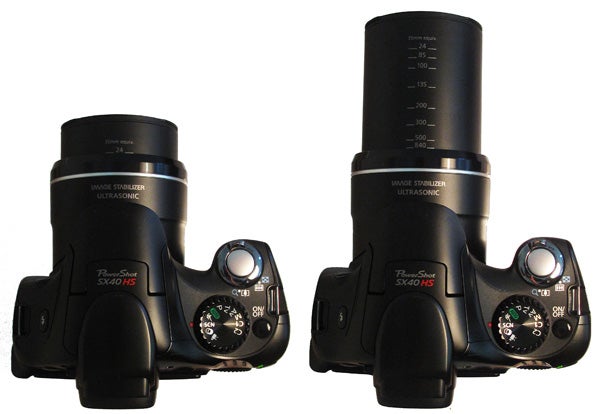
The standard optical zoom is cracking, though. It’s not the sheer length that impressed us primarily, but the efficiency of the SX40’s built-in image stabilisation. This is claimed to offer up to 4.5-stops, and in half-decent light we were able to capture sharp images handheld at 840mm. Even in lesser conditions, the SX40 produced fairly decent results. As you can see below, there’s clear vignetting further down the focal range, but overall sharpness remains respectable.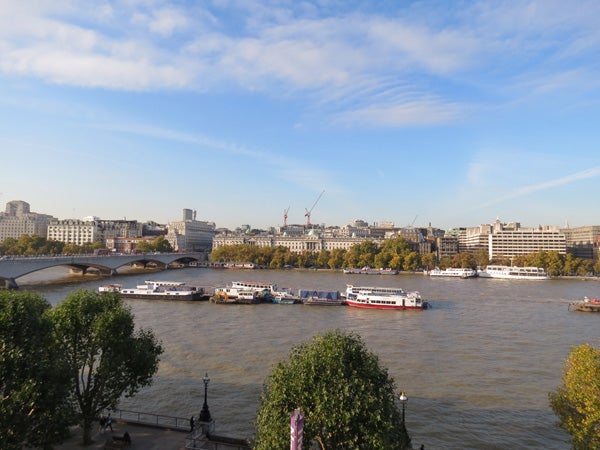
Here’s the scene at 24mm, on the South Bank by the Thames.

From the same point, at 85mm.

At 135mm.

At 200mm.

At 300mm.

Here’s the crane, once in the background, at 840mm. There’s some loss of fidelity, but it’s a good performance.
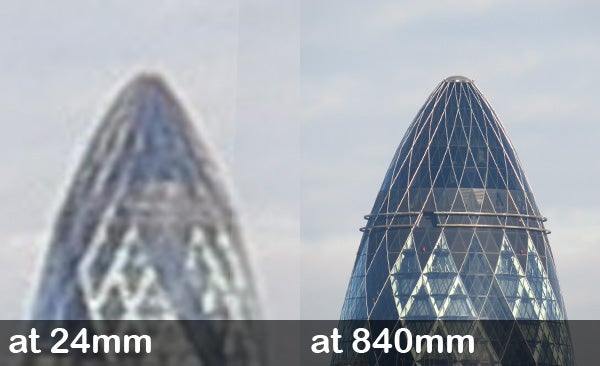
Detail captured at the two ends of the zoom range
This zoom performance essentially validates the existence of the SX40 HS, boasting far greater flexibility than a DSLR plus kit lens package you could get for around the same price. The zoom’s motion is reasonably quiet too.
For objects up close rather than far away, the camera offers a handy Macro mode. It can focus on objects right up against the glass of the lens, and can capture great levels of small detail in good light.
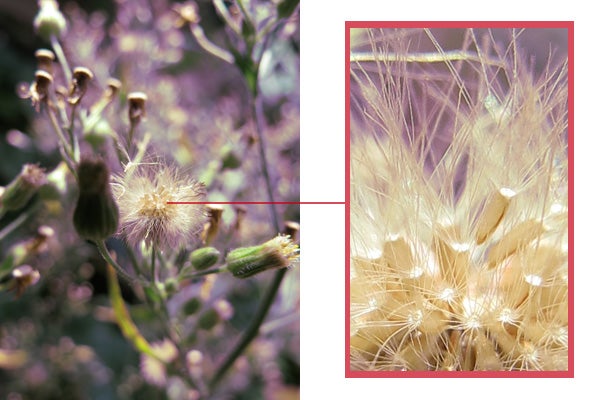
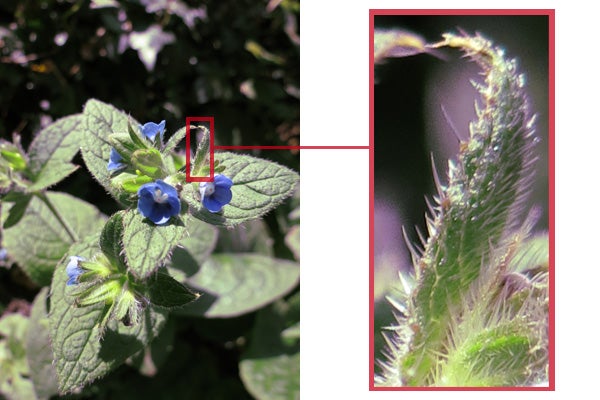
To perfect your macro images you can of course reject the automatic Macro mode and use ultra-close manual focusing instead, thereby removing the problem of the SX40 focusing on the wrong part of whatever fly/flower/fingertip you’re trying to snap.
Before we discuss the Canon SX40’s image quality any further, we should flag up the obvious – while Superzoom cameras may look a bit like DSLRs, they use physically smaller sensors and therefore can’t hold a candle to the real deal in terms of overall image quality. If image quality tops your list of priorities, then you should probably be on the lookout for a budget DSLR and forget all about the ear candy of this camera’s fabulous 35x optical zoom.
However, within its category the SX40 HS is a great performer, with very sharp images, fairly decent colour reproduction and hugely improved speed over the SX30. Low-light performance is not stellar as you might expect, but is commendable given the SX40’s relatively small-sensor. This may be in part down to the backlit sensor technology that allows more light through to the sensor – which should, in theory at least, reduce noise. As you can see in our ISO test, the SX40 HS jumps the shark in imaging terms at ISO 1600, where noise really starts to creep in and rob images of their detail.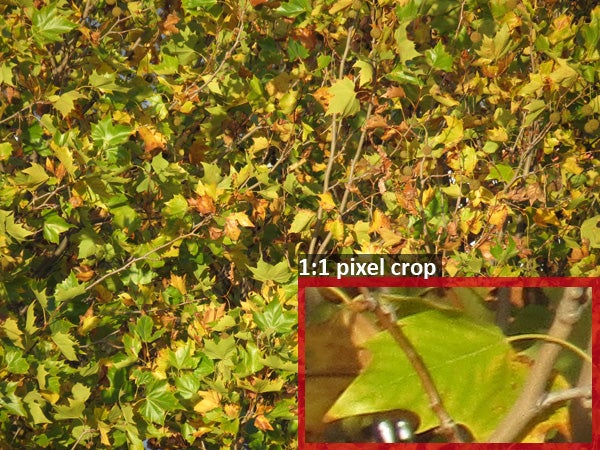
Shot at 840mm, full zoom
As is de rigeur for all top cameras of the moment, the Canon SX40 can record video at 1080p full HD resolution, at 24fps. Autofocus remains operational while recording too, making it genuinely useful to take videos with while you’re on holiday. As with photos, it gets a bit noisy in low-light conditions, but it can handle motion just fine – so no need for any of those interminable super-slow pans.
On top of its standard video shooting modes (1080p, 720p and VGA capture) the SX40 HS also presents you with a pair of high-speed shooting modes. These capture images at 120fps and 640×480 pixel resolution or 240fps and 320×200 pixels. This is too low-quality for any serious usage, but it is bags of fun, slowing down action as if it were a part of some cheesy action movie. 
If you can bear the limitations of a Superzoom camera and can live with the fact that images will be noisier than a DSLR, and that it’s not 100 per cent tailored to manual use either, then the Canon SX40 HS is a near-perfect choice. It offers a longer zoom than the Panasonic FZ48, a competent CMOS sensor and a wide, if not flawless feature set. Overall, it’s a very worthy successor to the SX30.
Verdict
The Canon PowerShot SX40 HS is a brilliantly versatile bridge camera whose key feature, that 35x optical zoom, is made all the more attractive by an excellent image stabilisation system. Picture quality is good and overall speed is much improved over its series precursor, the SX30. If you can live without the picture quality perfection and improved low light performance of a DSLR, this is a great buy.
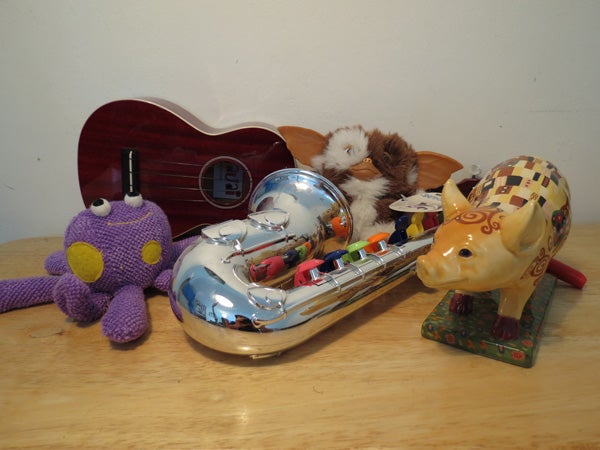
The full ISO test scene. The cropped images below are reproduced at 100%.
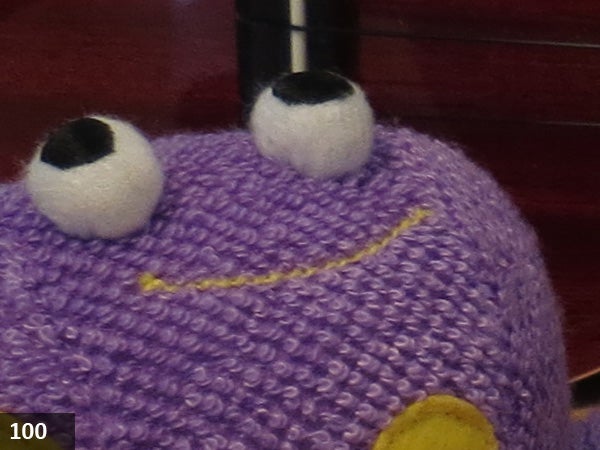
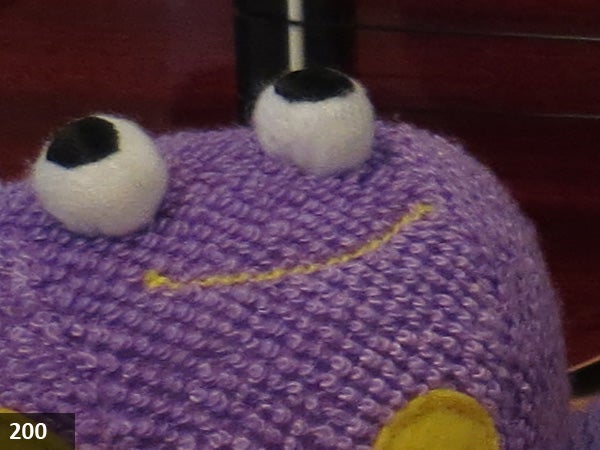
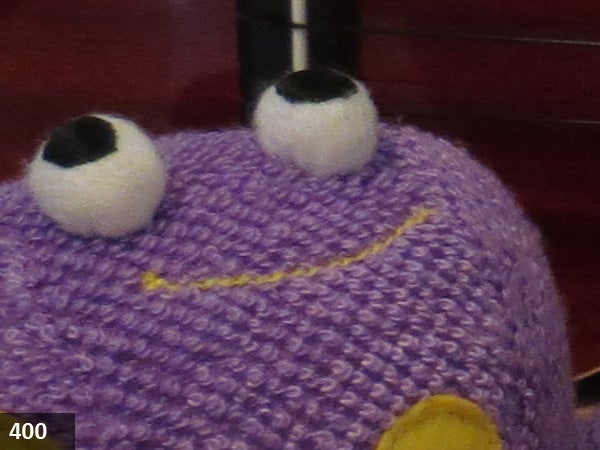
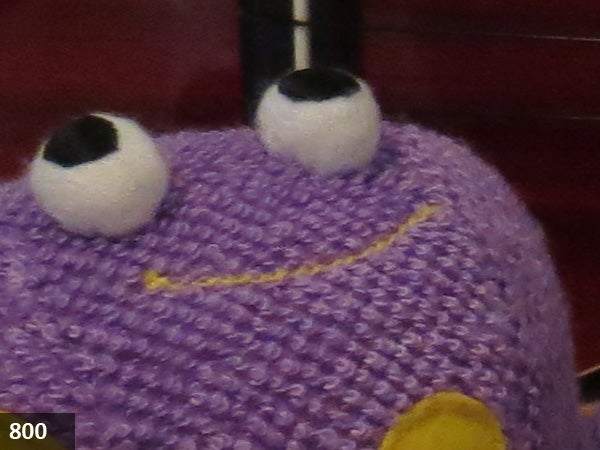
Detail starts to fall apart at ISO 800
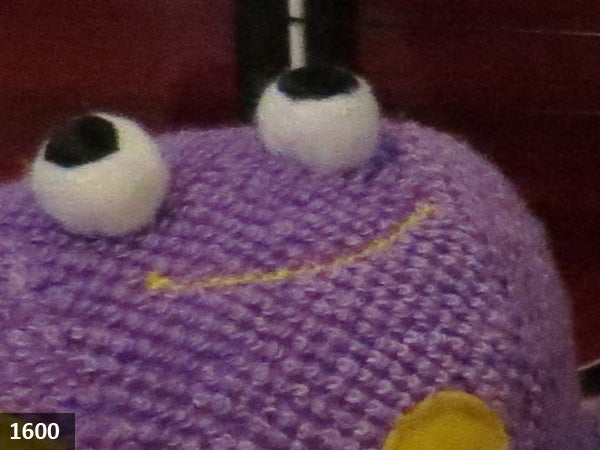
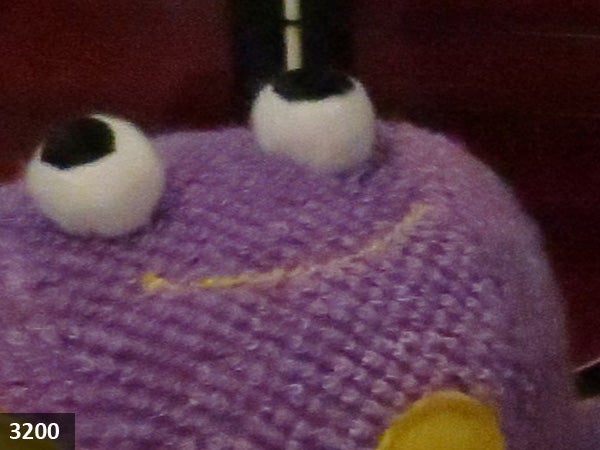
3200 is a smudge-fest, with little of the original detail or cuddly octopus’s… fur visible.
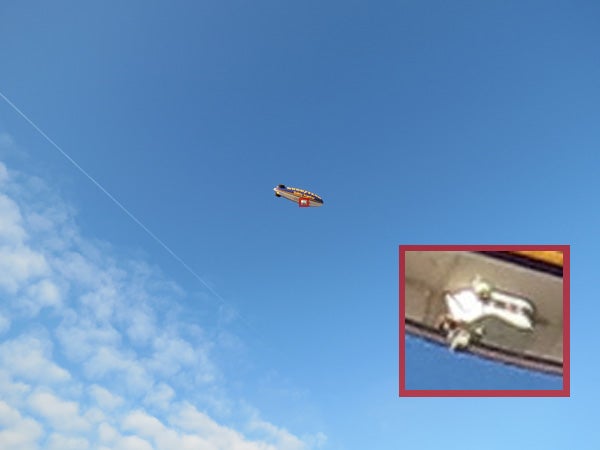
At 24mm
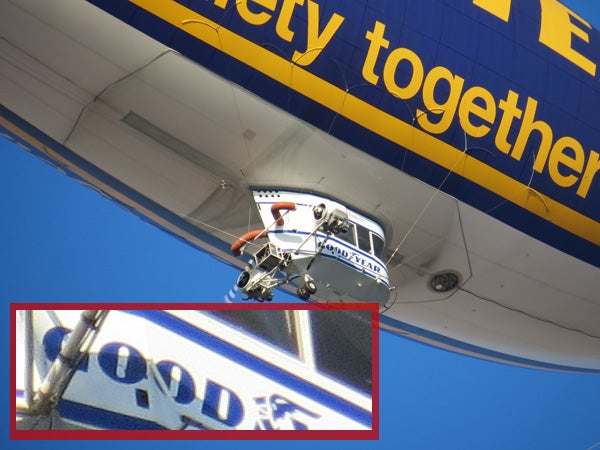
At 840mm
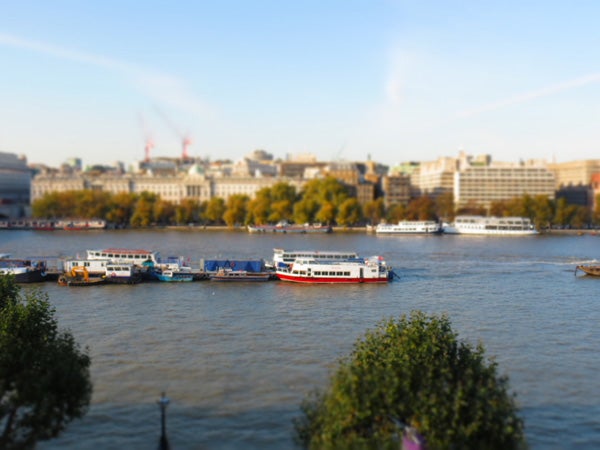
The miniature effect in… full effect
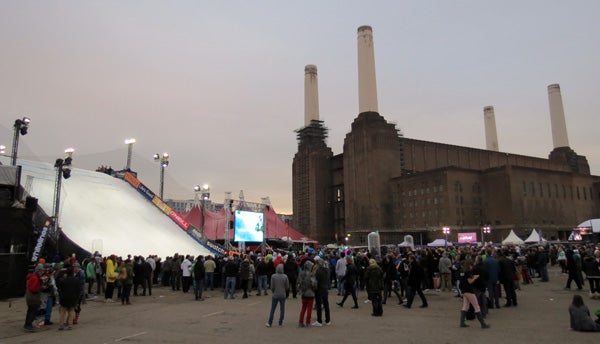
Trusted Score
Score in detail
-
Value 8
-
Design & Features 8
-
Image Quality 8
-
Build Quality 8


